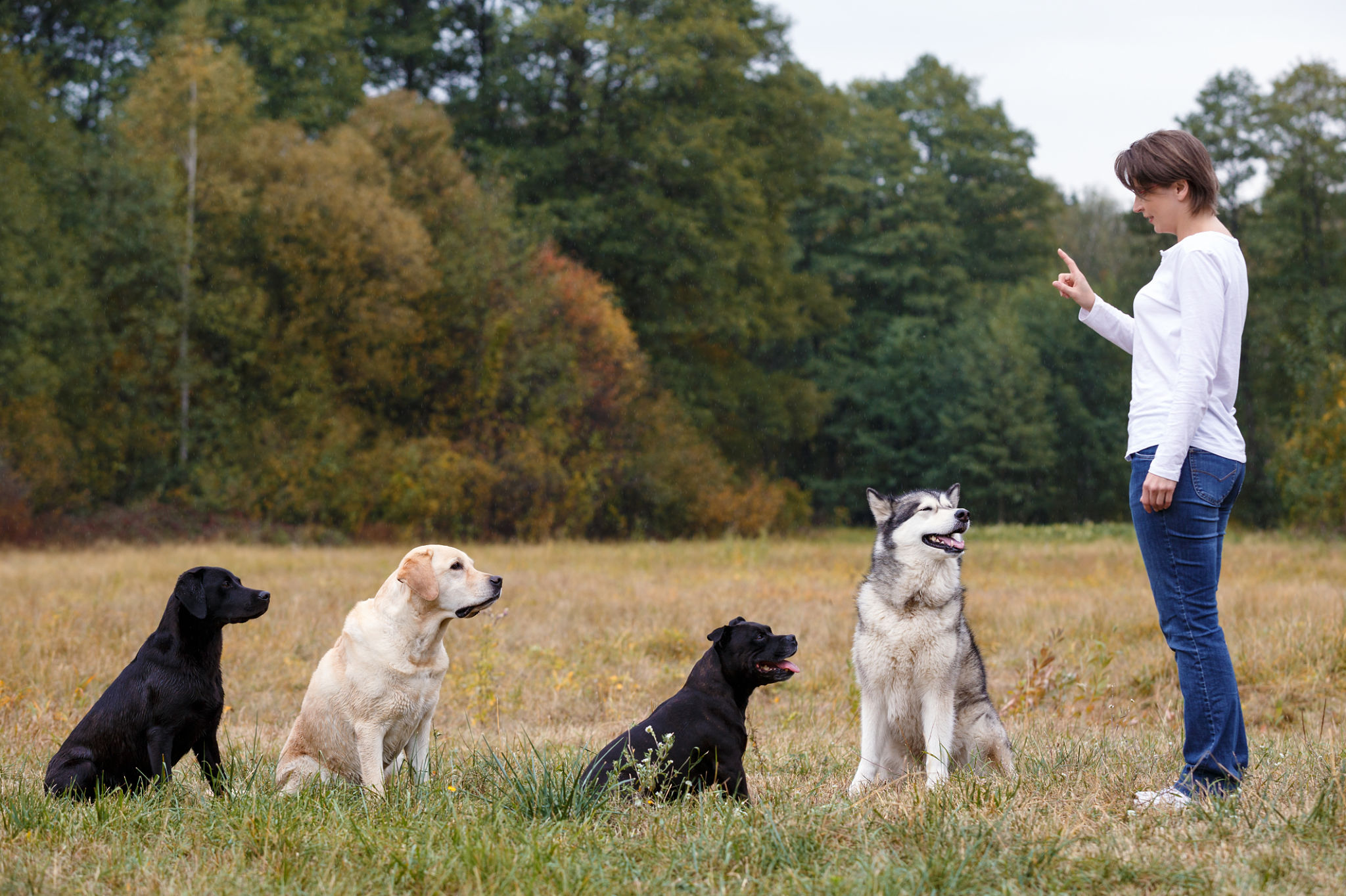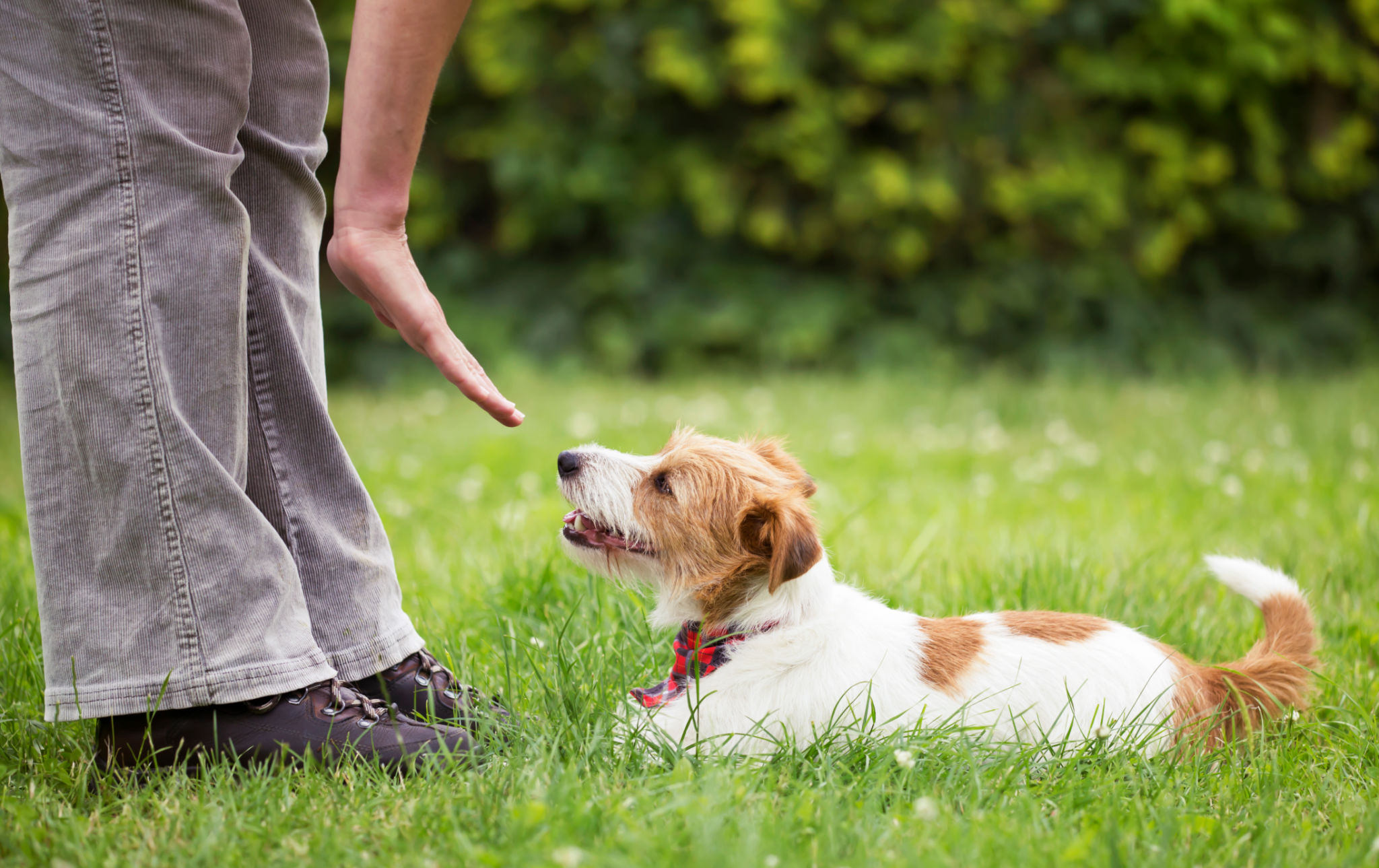DIY Dog Training: Simple Techniques to Try at Home
Introduction to DIY Dog Training
Training your dog at home can be a rewarding experience for both you and your furry friend. With patience and consistency, you can teach your dog basic commands that will help them become well-behaved companions. Here are some simple techniques to get you started on your DIY dog training journey.

The Importance of Consistency
Consistency is key when it comes to dog training. Dogs thrive on routine and repetition, so it's important to practice commands regularly and use the same cues each time. This helps your dog understand what is expected of them and reinforces positive behavior.
Try to conduct training sessions at the same time each day, and keep them short and engaging. This will help maintain your dog's interest and prevent them from becoming overwhelmed.
Basic Commands to Teach at Home
Sit
The "sit" command is one of the most fundamental commands to teach your dog. Start by holding a treat close to your dog's nose, then slowly raise it above their head. As their head follows the treat, their bottom should naturally lower to the ground. As soon as they sit, give them the treat and praise them warmly.
Stay
Once your dog has mastered "sit," you can move on to teaching "stay." Ask your dog to sit, then open your palm in front of them and say "stay." Take a step back, and if they remain in place, reward them with a treat. Gradually increase the distance and duration as they improve.

Using Positive Reinforcement
Positive reinforcement is a powerful tool in dog training. By rewarding your dog with treats, praise, or playtime when they successfully perform a command, you encourage them to repeat the behavior. Ensure that rewards are given immediately after the desired action to strengthen the association.
Avoid using negative reinforcement or punishment, as this can lead to fear and anxiety in your dog, hindering their learning process.
Addressing Behavioral Challenges
Every dog is unique, and some may present specific behavioral challenges that require extra attention. Common issues include excessive barking, jumping on guests, or pulling on the leash during walks. Address these challenges by identifying triggers and implementing training techniques tailored to each behavior.

Barking
If your dog barks excessively, try to redirect their attention with a toy or command them to "quiet" followed by a reward when they stop. Consistent practice will help reduce unwanted barking over time.
Conclusion
DIY dog training can be a fulfilling experience that strengthens the bond between you and your pet. By using consistent practices, teaching basic commands, and employing positive reinforcement, you can effectively train your dog at home. Remember to be patient and enjoy the process as you guide your furry friend towards becoming a well-mannered companion.
